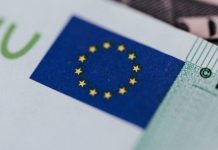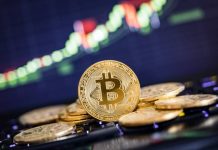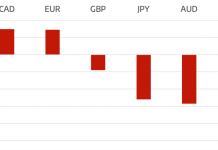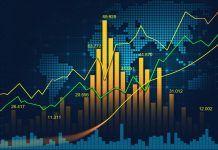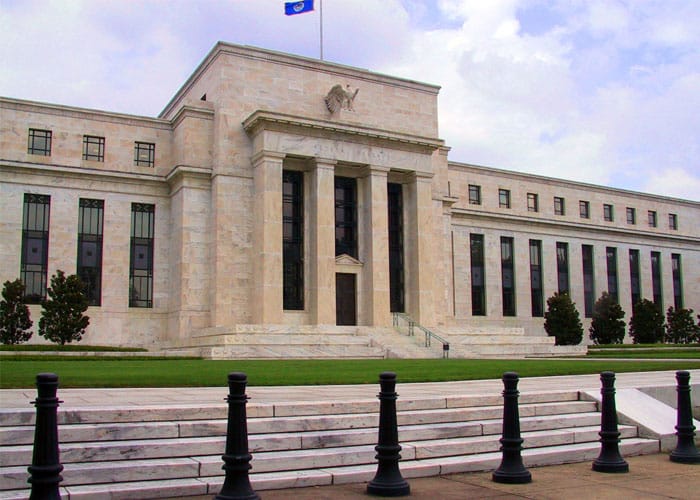
After Friday’s nonfarm payroll figure was looked upon woefully by market participants who voted with their feet by selling the dollar, a curious development emerged. Fed Funds futures, which track the probability of action on interest rates, surprisingly indicated a significantly higher likelihood of a rate hike in December than previously anticipated. While this caught some market participants off guard, it should not be viewed as shocking or unforeseen considering the data actually reflects positivity for the underlying economy from the viewpoint of policymakers. Even though there is a degree of uncertainty surrounding the future of monetary policy, this latest bit of data confirms that action on interest rates will be more forthcoming than expected despite some recent hiccups on the economic front.
Data Dependency Suggests Greater Scope for Hiking Rates
Following weeks of worry of will they or won’t they when it came to rate hikes, markets are growing gradually more comfortable with the idea of sustained monetary policy normalization. The greatest evidence of this comes from the recent ascension of the US dollar which has arrived in tandem with investors pulling funds from haven assets. With Europe looking ever more precarious with each passing session as a new banking crisis unfolds and the UK’s tumultuous exit rattling foreign exchange volatility, the US retains its spot as the “least dirty shirt” economy. As a result, even if the big picture outlook is not pretty, it still looks significantly better than the situations transpiring in other advanced economies. Inflation for instance, remains substantially better positioned than comparable measures in the Euro Area or Japan.
As the other critical component of the Federal Reserve’s mandate aside from targeting maximum employment, consumer price inflation has been one area that has left Central Bank officials vexed. At present, headline consumer price inflation stands at 1.10% on an annualized basis, below the 2.00% long-term inflation targeted by the Central Bank and the 2.30% core CPI figure which strips out volatile components like food and energy. However, the Fed’s preferred gauge of inflation, which is the personal consumption expenditures (PCE) price index, is not far from target, currently sitting at 1.70% in August according to figures released at the end of September. From a data dependency perspective, the Federal Reserve is armed with all the ammunition necessary to begin embarking on another round of monetary tightening as a result.
Officially in Disagreement
Although the biggest story after the last FOMC Meeting was the sheer scale of the dissension from the final decision not to adjust interest rates, since then, a number of comments have all but spelled out monetary tightening on the approach. For one, policymakers, notably Fed Chair Janet Yellen, have expressed concerns about the pace of job creation “overheating.” This indicates that although the 156,000 jobs created during September disappointed forecasts, it remains significantly above the 100,000 threshold considered necessary to meet the needs of new entrants to the labor force. Even though Fed officials have outwardly stated that inflation trending above target for a considerable period of time is of no concern, nor a reason for rushing to raise rates, the sentiment feels temporary in nature and highly prone to shift towards a more hawkish stance.
At a time when US inflation is climbing in comparison to the persistent deflation in Japan and stagflation raging across Europe, moving forward with further rate hikes is still viewed as highly risky. However, by the same token, not raising rates presents greater risks, especially for savers and businesses. Savers are punished with low returns for retirement portfolios while businesses see it as less advantageous to invest in research and development during a challenging earnings environment. Low interest rates encourage behavior that is not consistent with normal economic conditions, making it all the more pertinent for rates to gradually rise at a more consistent pace. Even though conditions might not seem ideal considering the weak backdrop, there may never be such thing as perfect timing considering the unevenness of the recovery. As such, only a severe disappointment or black swan event could seriously delay the inevitable.
Looking Ahead
In spite of the dollar receiving a modest setback during trading on Friday, the week ahead could see rate hike optimism continue to climb, especially on the back of the upcoming release of the FOMC minutes from September’s meeting. Even though it is abundantly obvious that there is a split outlook from voting officials, more may be inclined to switch towards a more hawkish stance should data stay relatively consistent for the next two months. While November action is largely off the table thanks to the proximity to the US Presidential election, December is shaping up for another liftoff. Should that transpire, dollar appreciation is likely to endure, lifting the US dollar index out of its nearly 2-year range, especially amid the divergence with other G10 Central Banks.
Tradersdna is a leading digital and social media platform for traders and investors. Tradersdna offers premiere resources for trading and investing education, digital resources for personal finance, market analysis and free trading guides. More about TradersDNA Features: What Does It Take to Become an Aggressive Trader? | Everything You Need to Know About White Label Trading Software | Advantages of Automated Forex Trading




























